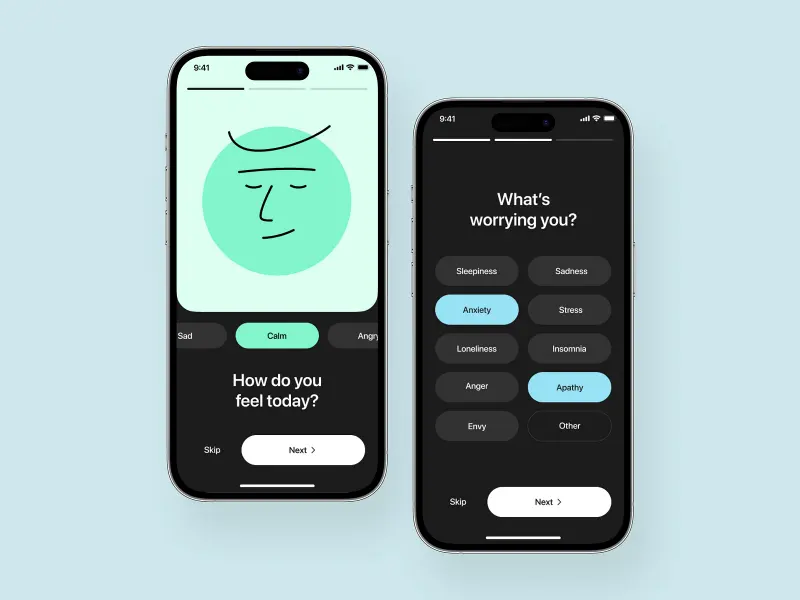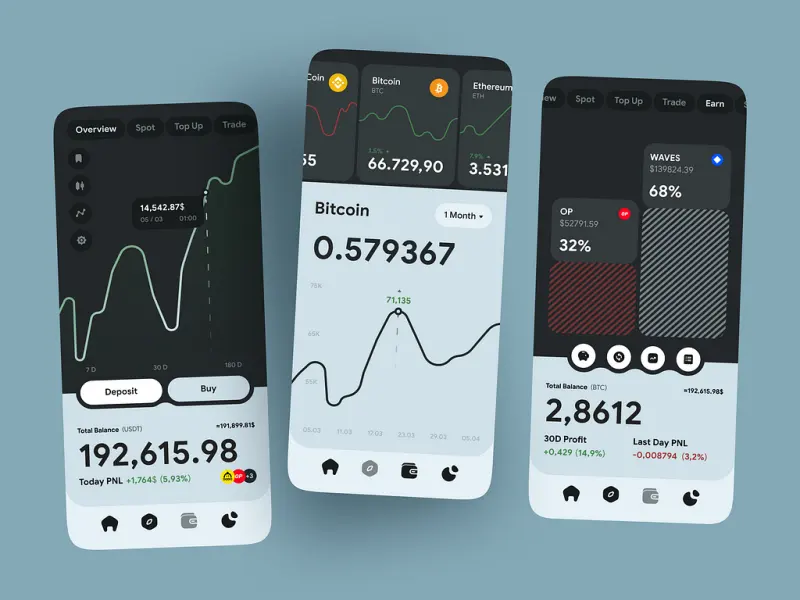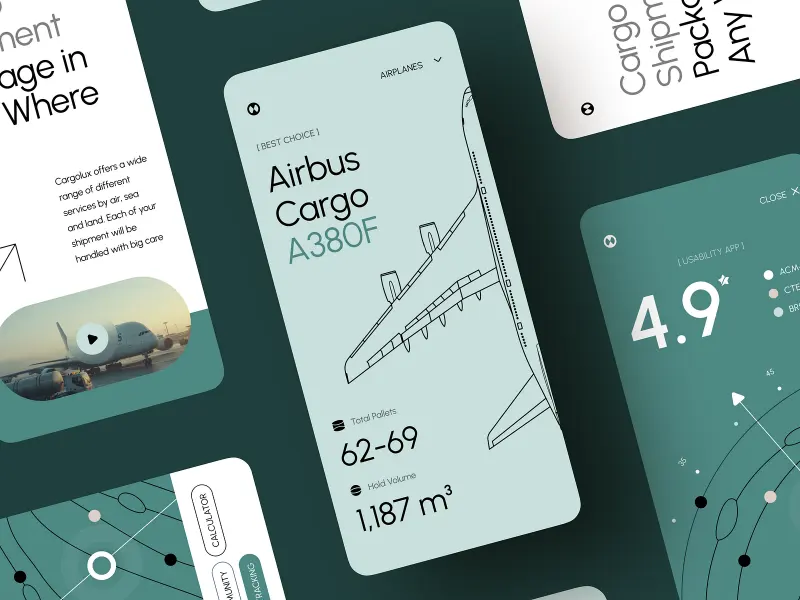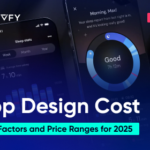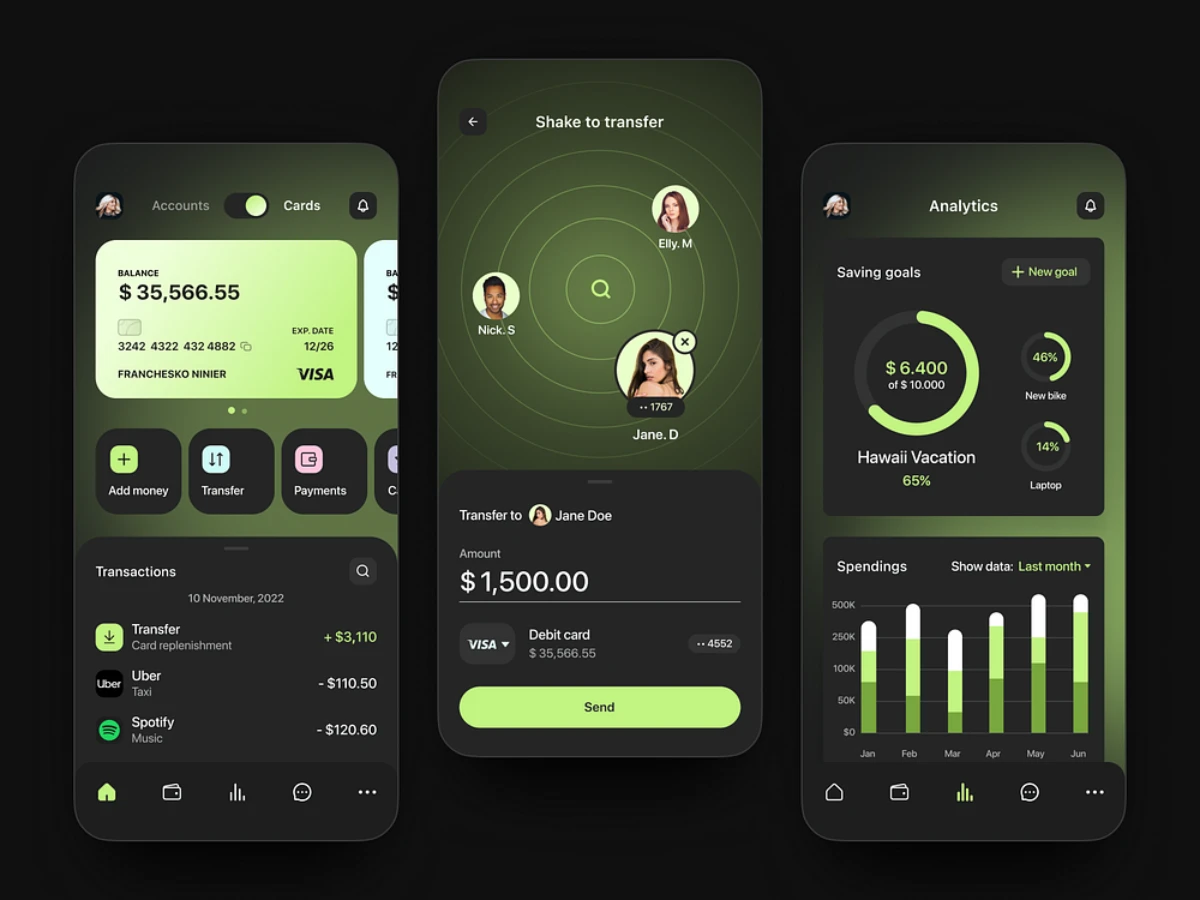The Ultimate Guide to Mobile App Performance Optimization
- TECHVIFY Team
- 0 Comments
Mobile app performance often goes unnoticed—until something goes wrong. A slow-loading app is one of the quickest ways to lose users, making performance a silent but critical factor in ensuring user satisfaction and maintaining a competitive edge in crowded marketplaces like the Google Play Store and Apple App Store, which host 3.6 million and 1.6 million apps, respectively.
Even the smallest delays can drive users to alternatives. Research shows that 70% of users are likely to abandon an app due to prolonged loading times. This not only impacts user retention but also negatively affects ratings, which can hurt your app’s visibility, discoverability, and download rates in app stores.
In short, app performance isn’t just a technical consideration—it’s a core driver of user experience and business success. Optimizing performance is no longer optional; it’s essential. In this article, we’ll dive into actionable strategies to truly optimize mobile app performance and ensure it meets the high expectations of today’s users.
I. What Is Mobile App Performance?
Mobile app performance refers to how efficiently and effectively an app functions on a mobile device under various conditions. This typically includes technical aspects such as loading speed, response time, and stability—essentially, how well the app performs without crashing or lagging. For product teams, keeping an eye on these metrics is essential to delivering a seamless user experience.
However, monitoring app performance is easier said than done. It requires a deep understanding of how the app behaves under different scenarios, including how users interact with it. While extensive testing helps, users often engage with apps in unexpected ways—exposing hidden issues that teams might not even know exist.
II. Key Mobile App Performance Metrics
App performance refers to how effectively and reliably a mobile application operates to provide a seamless user experience. It’s about ensuring that critical aspects like loading speed, stability, and responsiveness perform optimally under all conditions. Metrics such as app launch time, UI responsiveness, and network performance are key indicators of user satisfaction and, ultimately, the success of your app in the market.
Mobile app performance optimization
Below are the most important performance metrics to monitor and optimize:
App Launch Time
The time it takes for your app to load and become fully functional after a user opens it.
- Cold Launch: Starting the app from a terminated state (longest time).
- Warm Launch: Reopening the app from the background (quicker).
- Hot Launch: Reopening the app while still active in memory (fastest).
Targets:
- Cold Launch: 2–4 seconds
- Warm Launch: 2–3 seconds
- Hot Launch: 1–1.5 seconds
Why It’s Important: Faster launch times enhance user satisfaction, reduce abandonment rates, and encourage retention.
UI Responsiveness
The delay between user input and the app’s response.
Target: Ideally under 100 milliseconds to avoid lag or UI hangs.
Why It’s Important: A responsive interface ensures smooth interactions, improving user satisfaction and preventing frustration.
Network Performance
Measures client-side requests and response times.
Target: Response times of 1 second or less.
Why It’s Important: Fast network performance ensures the app remains responsive and functional, even under variable network conditions. Slow response times can lead to user frustration and app abandonment.
View Rendering Time
The time taken to render each frame of the app.
Target: Approximately 17 milliseconds per frame to maintain smooth visuals. Delays can lead to frozen frames or ANRs (Application Not Responding errors).
Why It’s Important: Smooth rendering improves the perceived speed of your app and reduces user complaints about laggy or unresponsive screens.
Compatibility Across Devices
Ensures the app operates seamlessly on a variety of devices and operating systems.
Why It’s Important: Compatibility issues can lead to crashes, functional errors, and a poor user experience, especially in ecosystems like Android with diverse devices and specifications.
Custom Traces
Measures the time it takes for specific client-side logic or processes to execute.
Target: Execution within 2 seconds.
Why It’s Important: Identifying and optimizing slow traces helps improve responsiveness and overall app performance.
Resource Utilization
Tracks CPU, memory, and disk usage.
Why It’s Important: High resource consumption can cause issues like device overheating, battery drain, and out-of-memory errors, which negatively affect user satisfaction and app ratings.
Have a Project Idea in Mind?
Get in touch with experts for a free consultation. We’ll help you decide on next steps, explain how the development process is organized, and provide you with a free project estimate.
III. How to Improve Mobile App Performance
Improving mobile app performance is vital to delivering a seamless user experience and ensuring app success. Follow these practical steps to optimize your app’s functionality, responsiveness, and reliability:
1. Understand User Behavior
The first step in improving app performance is to analyze user engagement and behavior. By stepping into the shoes of your customers, you can identify both the positive aspects of their experience and the pain points that hinder usability.
Tools like experience analytics help you visualize how users interact with your app, enabling you to address performance issues that impact their journey. Once you understand these behaviors, you can fine-tune your app to meet user expectations and improve functionality.
2. Minimize App Launch Delays
Modern users are impatient and expect apps to load in the blink of an eye. To reduce launch time:
- Optimize memory usage: Ensure app activities are preloaded into memory during startup to avoid unnecessary delays caused by repeated object initialization and layout rendering.
- Remove unused code frameworks: Unnecessary code can bloat your app and slow down download speeds.
- Load only essential elements upfront: Display the first frame quickly, and load heavier processes asynchronously in the background to avoid network congestion.
By streamlining the startup process, you can ensure your app launches quickly and keeps users engaged from the start.
How to improve mobile app performance
3. Reuse Pre-Loaded Templates
Loading multiple templates can significantly impact app speed. Whenever possible, reuse pre-loaded templates to reduce rendering time and improve performance. This approach minimizes redundant tasks and ensures smoother transitions within the app.
4. Eliminate Non-Essential Features
While extra features may enhance your app’s visual appeal, they can also slow it down. Focus on streamlining your app by cutting non-essential features and prioritizing the ones critical to its functionality. This not only improves speed and responsiveness but also makes the app more intuitive for users.
5. Implement an Offline Mode
Users often lose network connectivity, but that shouldn’t stop them from using your app. An offline mode ensures users can continue accessing key functionalities even without internet access.
Here’s how to create an effective offline mode:
- Save in-app progress so users don’t lose their data.
- Notify users when the app is offline with clear indicators.
- Design an intuitive empty state for offline usage.
This feature enhances user satisfaction and reduces churn by preventing negative experiences caused by connectivity issues.
6. Test Across Multiple Devices
Your users will interact with your app on a variety of devices with different hardware, battery life, and operating systems. Testing across multiple devices ensures your app performs consistently regardless of the device type.
Key benefits of multi-device testing:
- Identify performance issues specific to certain devices, such as excessive battery drain or overheating.
- Address potential problems early, preventing them from escalating into widespread issues.
By testing your app thoroughly, you can deliver a consistently optimized experience for all users.
7. Monitor and Resolve Crashes
Even with rigorous testing, app crashes are inevitable. The key is to monitor crashes effectively and resolve them quickly to minimize user frustration.
Here’s how to stay on top of crashes:
- Use session replays to visualize the exact sequence of events leading to a crash.
- Get real-time alerts with tools like Slack integration, so your team can fix issues as they arise.
- Leverage Issue Analytics to track UI freezes, handle exceptions, and app logs for detailed troubleshooting.
By proactively identifying and addressing crash-related issues, you can maintain user trust and keep your app running smoothly.
IV. Why Observability Matters for Improving Mobile App Performance
Observability data plays a critical role in improving mobile app performance, providing developers with actionable insights into how their app behaves across different layers, such as application code, infrastructure, and network. Metrics, logs, and traces form the backbone of observability, driving better performance optimization and issue resolution.
Improve Mobile App Performance
Below are key ways observability enhances performance monitoring:
- Identifying and Resolving Issues
Observability data enables developers to diagnose performance bottlenecks, UI freezes and crashes by analyzing metrics, logs, and user interaction traces.
Example: By replaying a user session or analyzing log data, developers can pinpoint where and why an issue occurred, enabling faster and more targeted fixes. - Proactive Monitoring
Observability allows developers to monitor critical metrics like error rates, response times, and network latency in real-time to detect potential issues before they escalate.
Outcome: Early detection prevents performance degradation and ensures a consistently smooth experience for users. - Optimizing Performance
Insights from observability data identify resource-heavy areas or slow processes within the app. Developers can optimize these elements to improve responsiveness and reduce resource consumption.
Example: Distributed traces can reveal backend bottlenecks or slow API response times, guiding developers to make targeted optimizations. - Capacity Planning
Observability data helps forecast future resource needs by analyzing trends in resource consumption over time.
Outcome: Developers can plan infrastructure upgrades or changes proactively, ensuring the app scales effectively as usage grows. - Focused Crash and Error Reporting
Observability data puts crashes and errors into context, allowing developers to prioritize fixes based on their impact.
Example: If crashes occur only on older devices with minimal user impact, those issues can be deprioritized in favor of more pressing ones. - Monitoring Load Time and Network Latency
Observability data identifies delays caused by backend services or network latency, enabling developers to isolate and resolve bottlenecks.
Example: Distributed traces can pinpoint which specific backend service is slowing down a task, helping developers optimize their code and improve load times.
Conclusion
Mobile app performance is more than just a technical benchmark—it’s a critical driver of user satisfaction, retention, and long-term business success. By prioritizing optimization and leveraging data-driven insights, you can ensure your app meets the high expectations of today’s users and stands out in competitive app marketplaces.
At TECHVIFY, we understand the challenges of delivering high-performing mobile apps. Whether you need help identifying bottlenecks, improving responsiveness, or scaling your app seamlessly across devices, our team of experts is here to help.
Contact TECHVIFY today for a free consultation and let us help you create a mobile app that delivers real value and drives results. Together, we can turn your app into a top performer.
TECHVIFY – Global AI & Software Solutions Company
For MVPs and Market Leaders: TECHVIFY prioritizes results, not just deliverables. Reduce time to market & see ROI early with high-performing Teams & Software Solutions.
- Email: [email protected]
- Phone: (+84)24.77762.666




